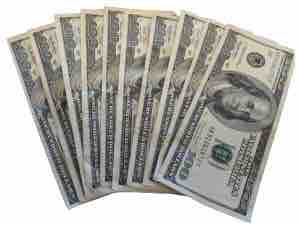Cost of Goods Sold & Gross Profit

Cost of Good Sold & Gross Profit
Gross profit = Net sales - Cost of goods sold
In accounting, gross profit or sales profit is the difference between revenue and the cost of making a product or providing a service before deducting overhead, payroll, taxation, and interest payments. Note that this is different from operating profit (earnings before interest and taxes).
The various deductions leading from net sales to net income are as follows:
Net sales = Gross sales - (Customer Discounts, Returns, Allowances)
Gross profit = Net sales - Cost of goods sold
Operating profit = Gross profit - Total operating expenses
Net income (or Net profit) = Operating profit – taxes – interest
Cost of goods sold refers to the inventory costs of the goods a business has sold during a particular period. Costs are associated with particular goods by using one of several formulas, including specific identification, first-in-first-out (FIFO), or average cost. Costs include all costs of purchase, costs of conversion and other costs incurred in bringing the inventories to their present location and condition. Costs of goods made by the business include material, labor, and allocated overhead. The costs of those goods not yet sold are deferred as costs of inventory until the inventory is sold or written down in value.
Many businesses sell goods that they have bought or produced. When the goods are bought or produced, the costs associated with such goods are capitalized as part of inventory (or stock) of goods. These costs are treated as an expense during the period in which the business recognizes income from sale of the goods.